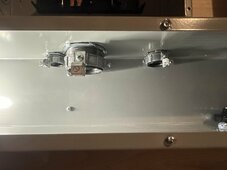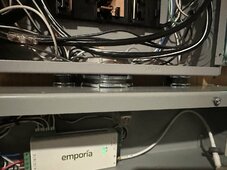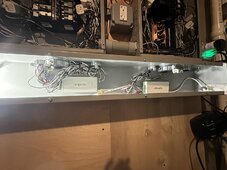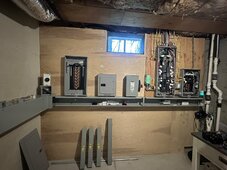Been a while -
The fine for pushing even a watt of power over the grid is typically several thousand dollars depending on where you are at.
So if you are grid tied I would set everything to zero export but use a transfer switch and run your critical loads from the solar.
MUCH better to have an interconnect agreement with the inspection and be done with it.
Questions you had -
1. I am unsure, but
@timselectric would be a great source to answer that. He is Mr. Grounding around here. From what I can find the lock nut is required on both sides of the box (inside and outside), but there is an exception when using the bonding bushing - The bonding bushing itself does not need a lock nut so long as both screws are fully engaged. It also says the lock nut is optional if using it interfers with having full contact on both screws.
2. This is another
@timselectric question - but as far as I know you are not allowed to daisy chain sub panels. So both should be fed from the main panel. Or am I not understanding your question?
3. This one I know for sure - you need to move over the whole conductor verse just the hot. I asked an electrician about it when doing my hottub wiring. I had to install a subpanel and move the dryer circuit over to it and feed the sub with a 100amp breaker.










